Gallery: Eye-Catching Bioluminescent Wonders
Eye-Catching Bioluminescent Creatures

Although bioluminescence is most commonly found in marine life, it can also be seen in animals and insects on land. Bioluminescence, or when light is produced by an organism using a chemical reaction, can serve several purposes, including communication, finding food, attracting prey and warning predators. But no matter what it's being used for, it never fails to dazzle.
Shining Sea Snails
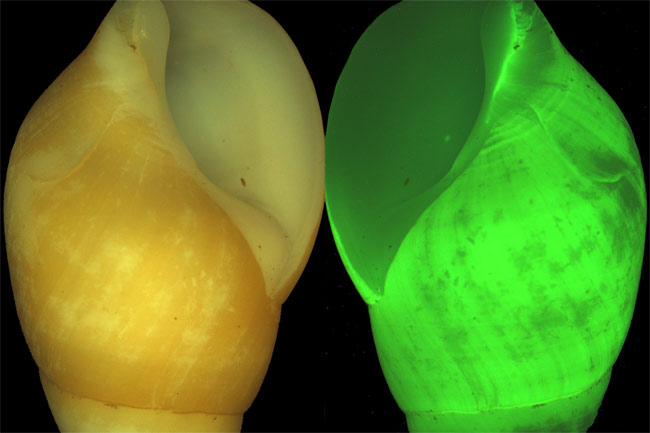
The marine snail Hinea brasiliana produces bright green flashes of light as an alarm when other creatures rub past its shell. Also known as the clusterwink snail, the H. brasiliana can typically be found in tight groups at rocky shorelines. When something startles the snail, it retreats into its shell and produces a flashing light, which pulsates once every hundred milliseconds or less. Researchers at the Australian Museum in Sydney theorize that this light response may allow the animals to communicate while remaining safe inside their hard shells.
Flashing Fireflies
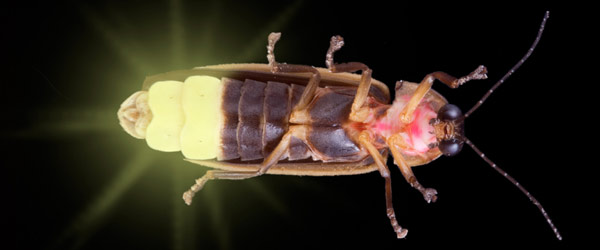
Fireflies, which use bioluminescence for sexual selection, synchronize the flashing of their neon-green lights as large groups in order to help female fireflies recognize potential mates, according to a 2010 study conducted by researchers at the University of Connecticut. There are more than 2,000 species of fireflies, or lightning bugs, and they are actually winged beetles, not flies.
Glow Worms

Glow worms are actually just fireflies (Lampyridae) in their larvae stage. Yes, fireflies glow even when they are just tiny, wingless larvae, radiating a single, unwavering green light on their foreheads. This pale green light serves as a warning to predators, since firefly larvae contain chemicals that are distasteful or toxic to animals and humans. The larvae of the glow worm beetle, or Phengodidae beetle, are also known as glow worms. The trunks of the females and larvae of these beetles have bioluminescent organs that emit yellow or green light. In the dark, these glow worms glow in a fascinating stripped pattern.
Giant Glowing Squid

The deep-sea eight-armed squid Taningia danae is the world's largest bioluminescent, or light-emitting, creature. The largest known specimen of the squid can grow up to 7.5 feet long and 130 pounds, with eyes the size of large grapefruits. In the above photo, the squid is attacking a piece of bait that is illuminated with a flashlight. The T. danae squid emits short, bright light flashes from large glowing organs at the tips of its tentacles. Researchers from Japan's National Science Museum in Tokyo speculate that these flashes might be used to blind prey or help the squids measure the distance to their targets in the dark depths of the sea.
Otherworldly Earthworms
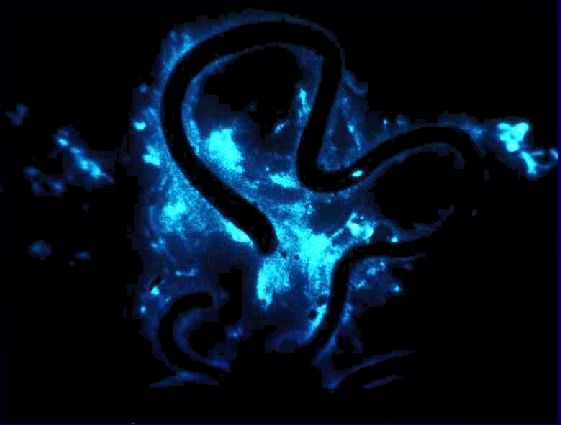
The Diplocardia longa earthworm exudes a sticky, bioluminescent slime. This excretion contains luciferin, the same light-emitting biological pigment found in fireflies, although the worm's slime glows continuously. The D. longa produces the glow-in-the-dark fluid when it's disturbed as a way to scare off predators, since the eerie color isn't common in nature and serves as a warning that eating the worm probably isn't a good idea. The earthworms can grow to be up to 20 inches (51 centimeters) long and are found in the southern United States.
Glow-In-the-Dark Snail
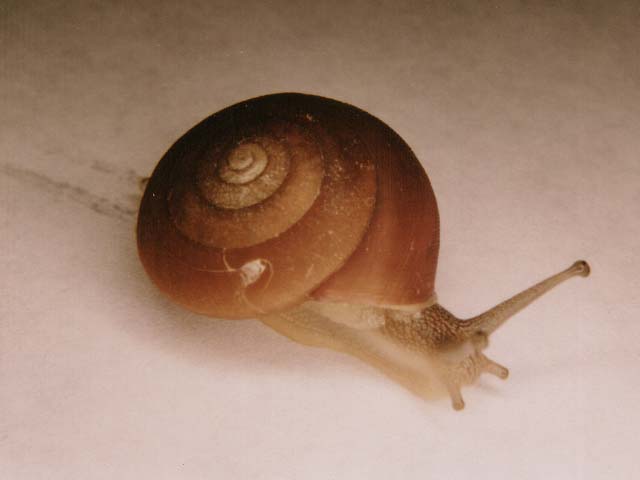
The Quantula striata, also known as the Dyakia striata, is the only land snail known to produce light. Found in Singapore and Malaysia, the snail's eggs and newly hatched juveniles continuously glow in the dark. As they mature, the snails switch to only glowing in flashes. Similarly to its sea snail relative the clusterwink snail, this flashing usually occurs when something disturbs the Q. striata.
Get the world’s most fascinating discoveries delivered straight to your inbox.
The "Green Bombers"
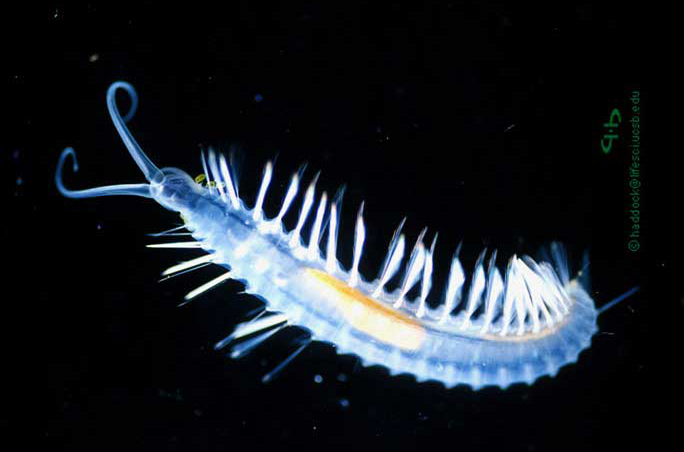
The Swima bombiviridis segmented worm species are known as "green bombers" because they release tiny, green bioluminescent balloon-like structures when threatened. Several of these sacs are visible near the animal’s long coiled head palps. Researchers at the Scripps Institution of Oceanography in La Jolla, Calif. believe that the glow-in-the-dark sacs serve to distract predators. The deep-sea worms are found in seas off the coast of the Philippines as well as near the west coast of the United States and Mexico.
Tide Lightshow
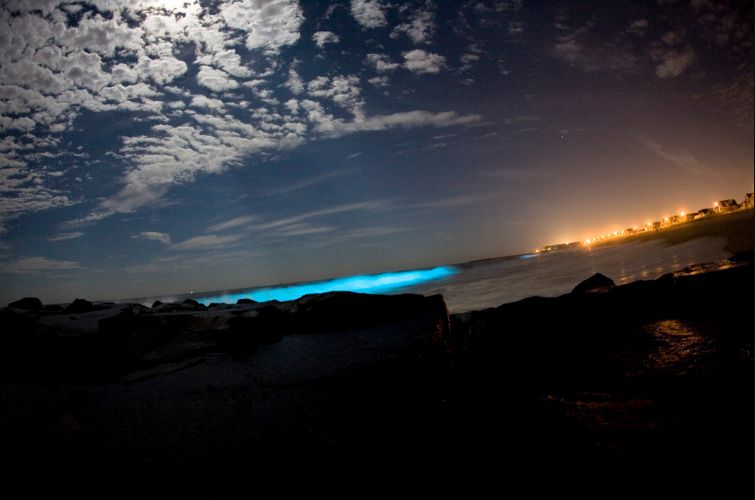
The "red tide" bioluminescence phenomenon — when waves of water appear to glow neon green, blue from within — is actually caused by millions of tiny organisms called dinoflagellates. These are a subcategory of plankton, which are single-celled marine organisms that are capable of photosynthesis. An overgrowth of these organisms causes visible patches to "bloom" on the water's surface in red, yellow, brown, red or even black colors during the day. But at night, the concentration of bioluminescent plankton lights up as it washes ashore with the tide. The mysterious glow comes from the dinoflagelletes reacting to being disturbed. When the tiny organisms are bothered, they produce a light that lasts for a fraction of a second. The flash serves to surprise predators and possibly attract other predators to the creature disturbing the dinoflagellate, which will likely cause the original offender to leave the plankton alone.
A Blue 'Red Tide'

The above photo shows the "red tide" effect in action. This bioluminescent algae, calledNoctiluca scintillans, was photographed on the shores of the Maldive Islands, an island nation in the Indian Ocean. The wavy patterns of the lights show the movement of the waves in the dark.
Sparkle Motion
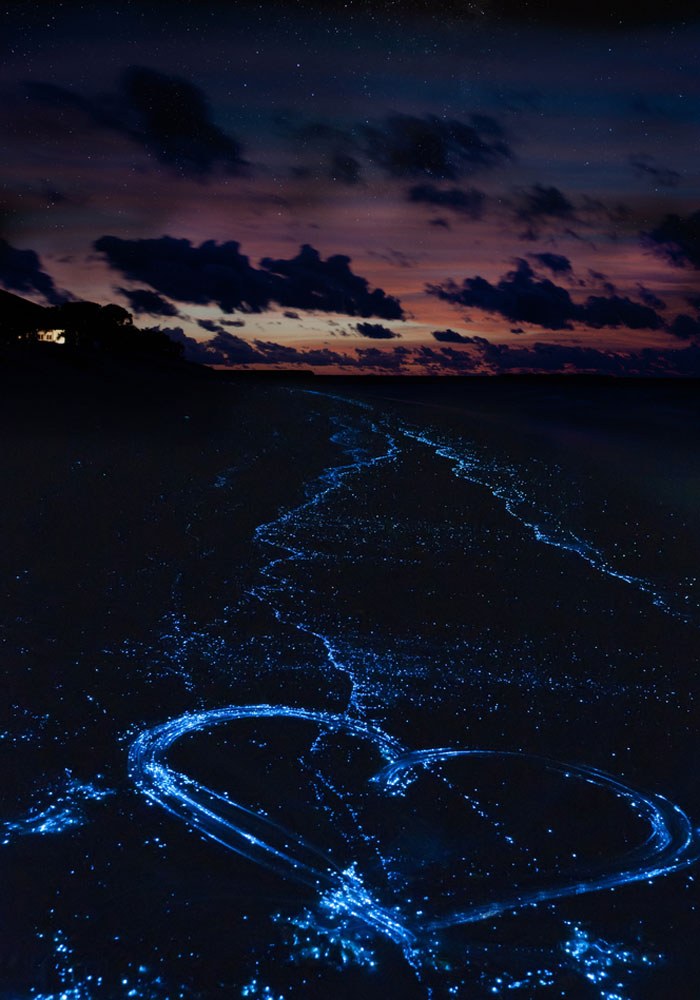
The bioluminescent algae Noctiluca scintillans is also known as "sea sparkle" because of its magical appearance. These dinoflagellates become illuminated when they are disturbed by motion in the water — whether it's the result of natural the waves or a fish swimming by. The above romantic "light display" was created by the photographer moving an object through the water in a heart shape.
 Live Science Plus
Live Science Plus





